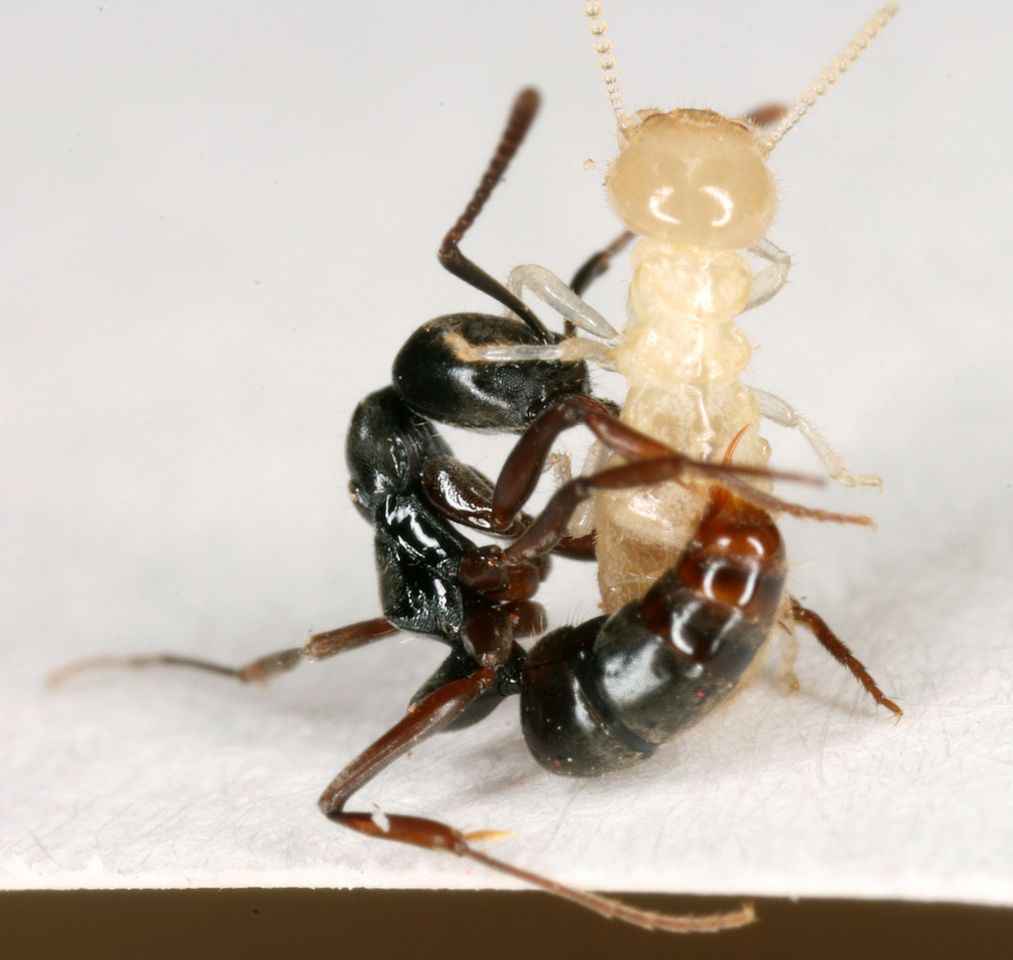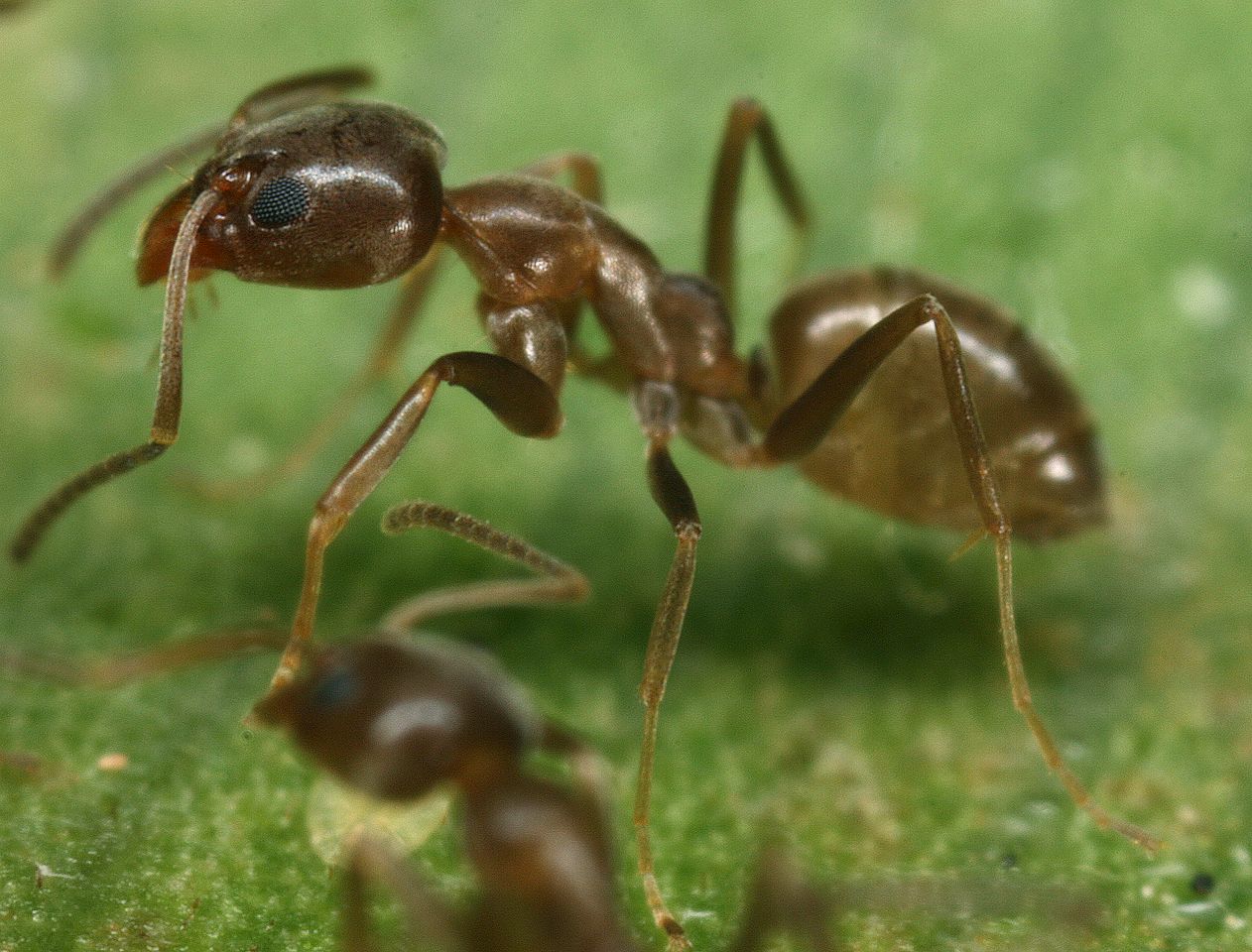'Alien' Argentine Ants May Have Met Their Match

Argentine ants (Linepithema humile) are among the most aggressive invasive insects in the United States. But after pushing out native ant species in local ecosystems across the country, the little conquerers may have finally met their match.
Researchers found evidence that another alien species, the Asian needle ant (Pachycondyla chinensis) is chipping away at the Argentine ants' stronghold.
Asian needle ants have already been found from Alabama to New York City to Oregon, and their venomous stings can cause allergic reactions in some humans.
While studying a supercolony of Argentine ants in North Carolina, researcher Eleanor Spicer Rice, then a doctoral student at North Carolina State University, spotted some Asian needle ants — a strange sight, as Argentine ants usually attack other ants in their territory. To investigate further, Spicer Rice and Jules Silverman, a professor of entomology at NC State, studied how the two species were spread across a 116-acre (47-hectare) office park in Morrisville, N.C. [Gallery: Stunning Photos of the World's Ants]

In 2008, they found Argentine ants in 99 percent of the sample sites within the study area, while Asian needle ants were found in just 9 percent of the sites. By 2011, the Argentine ants' reach dropped to 67 percent of the sample sites, while the Asian needle ants had expanded their territory to 32 percent of the sites. The two species shared 15 percent of the sample points, the researcher said.
"This is the first time we've seen another ant species take territory from Argentine ants," Spicer Rice said in a statement. She explained that Asian needle ants might have an edge, because they start reproducing earlier in the spring while Argentine ants remain quite dormant until late April or May.
"The Asian needle ant is moving into forests and urban environments at the same time. And because it is active at cooler temperatures, it could move into a very broad range of territory," Spicer Rice said.
Sign up for the Live Science daily newsletter now
Get the world’s most fascinating discoveries delivered straight to your inbox.
The researchers say it's not known how Asian needle ants displace other ant species, but their spread could have negative consequences for local ecosystems, especially if they push out native ant populations that play a crucial role in dispersing plant seeds.
The research was detailed online Feb. 8 in the journal PLOS ONE. The team is now studying why Argentine ants are not fighting back against Asian needle ants, according to a statement from NC State.
Argentine ants have invaded, only to retreat in other parts of the world. They once posed a multi-million dollar pest-control problem in New Zealand, but researchers in 2011 found that huge colonies of the ants had disappeared, possibly because inbreeding may have left them vulnerable to disease.
Follow LiveScience on Twitter @livescience. We're also on Facebook & Google+.










